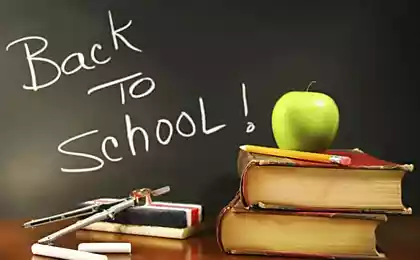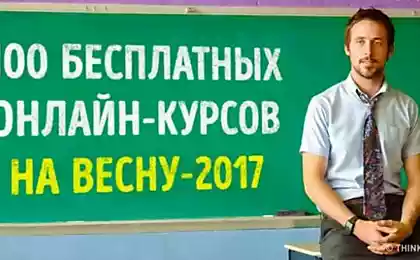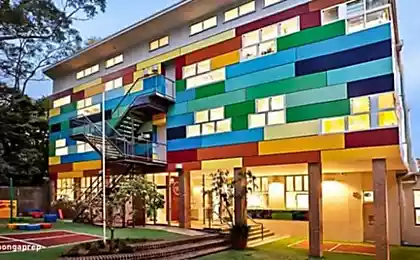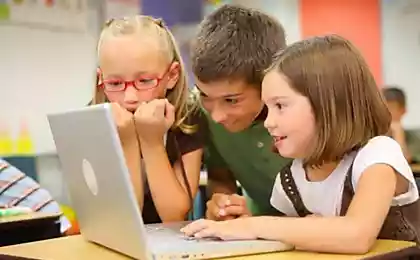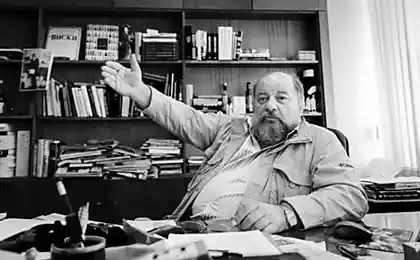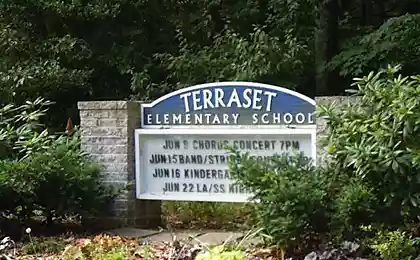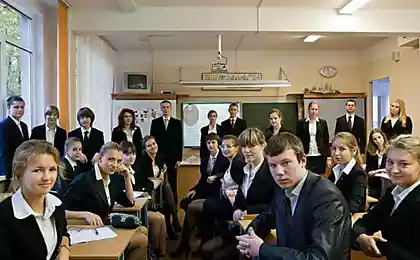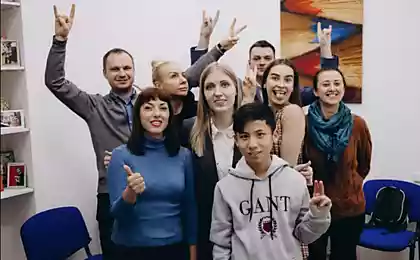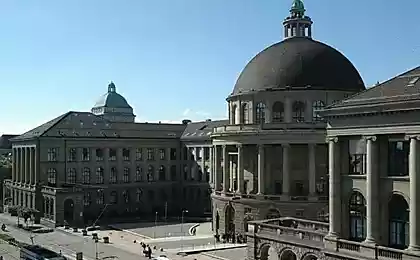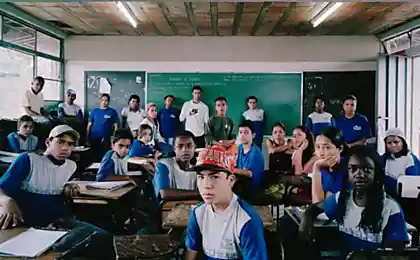210
Finnish method of teaching children
It can be said that Finnish schoolchildren are lucky with their studies: unlike their other peers, they spend less time on school and home preparation. By the way, their parents do not complain: there is free schooling in the country. All financial issues are decided by the state, but these are relatively small investments.

So how do they do that? Education in Finland It is different from global analogues. They apply the 7 basic principles of secondary education. And the tenth class is additional, existing only to improve the old marks and fix the passed material. But let's get this straight.
Finnish secondary school practices a gradual load on the student. If the child wants to go to the maximum level, he chooses "Lukio" - the final stage in a comprehensive school in Finland with the possibility of obtaining higher professional or academic education in the future.
As mentioned above, the school is based on 7 basic principles. Let's talk about them in more detail.
Finns consider this method of presentation of school material the most correct of all. Children and parents are not subjected to unnecessary stress, and no one puts pressure on teachers. The system is able to cope with problem children and encourage the able.
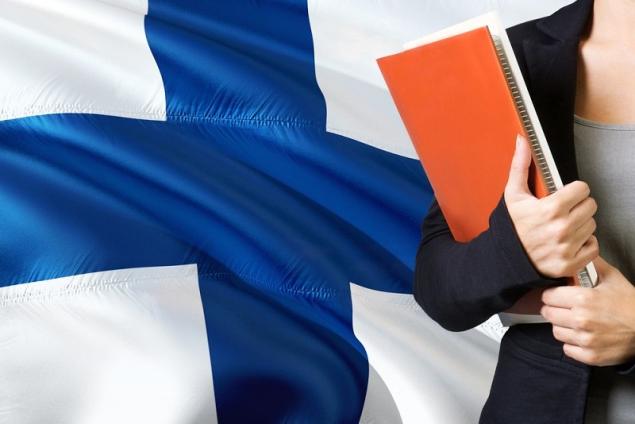
According to international studies conducted by the authoritative organization PISA, Finnish schoolchildren showed the highest level of knowledge in the world. They are also recognized as the most read children on the planet and occupy 2nd place in natural sciences and 5th place in mathematics. Which we congratulate them on!

So how do they do that? Education in Finland It is different from global analogues. They apply the 7 basic principles of secondary education. And the tenth class is additional, existing only to improve the old marks and fix the passed material. But let's get this straight.
Finnish secondary school practices a gradual load on the student. If the child wants to go to the maximum level, he chooses "Lukio" - the final stage in a comprehensive school in Finland with the possibility of obtaining higher professional or academic education in the future.
As mentioned above, the school is based on 7 basic principles. Let's talk about them in more detail.
- Equality
In the Finnish educational system, everyone is equal: school. objects. parents. pupil. teacher. adult and child rights. Schools across the country receive proportional funding regardless of location. Thus, they have the same equipment and schools have equal opportunities. Parents don’t need to take their children far, because any school in the neighborhood is as good as the one in the big cities.
There is no predominance of one object over another. The same amount of time is spent on mathematics and physical education. The exception is made only for gifted children who are deeply engaged in drawing, music and sports.
The status of parents does not affect the educational process of the child, and questionnaires concerning the place of work of parents are prohibited. Children also have equal opportunities in the classroom, whether they are geniuses or laggards. Finns try to integrate young people into society as much as possible, regardless of their abilities.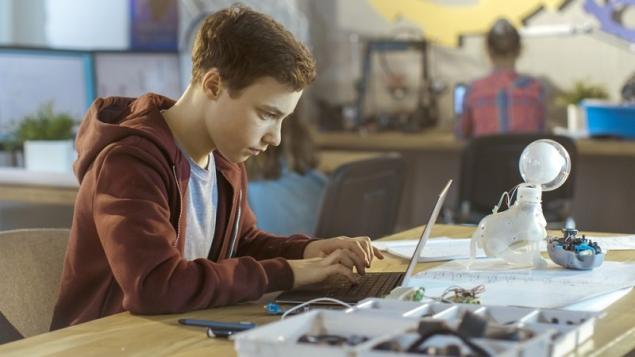
Teacher status is the same. A teacher is a person who teaches his subject. No more, no less. If the teacher makes the child a favorite or, conversely, underestimates his achievements, the contract with him is terminated immediately. Relationships are purely professional, just like at work.
Students cannot in any way offend the teacher. Otherwise, their parents will pay a fine. The Finnish school views both the rights of teachers and the rights of students equally. Maximum equality for all. - It's free.
A school in Finland provides free meals (school lunches), extracurricular activities (excursions, museums), travel (school bus round trip) if the student lives further than 2 km from school. In addition, free are books, stationery and equipment for study (tablets, laptops).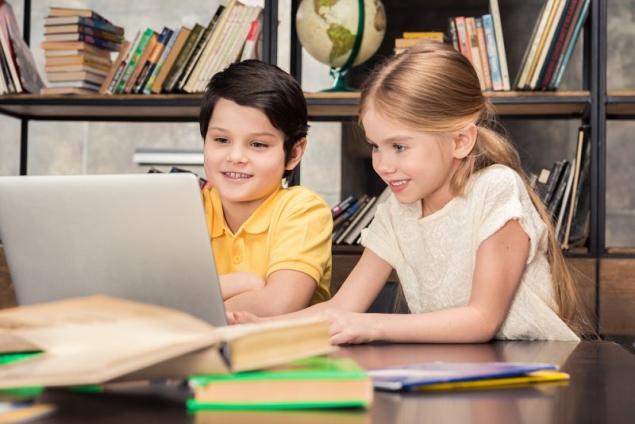
And what's also interesting is that any parental fund collections, as well as gifts to teachers, forbidden. - Individual approach
An individual approach is applied to each student. If the student does not cope, he is given a simpler task, if vice versa - the teacher offers a task "with an asterisk". It often happens that in the same class students do completely different work.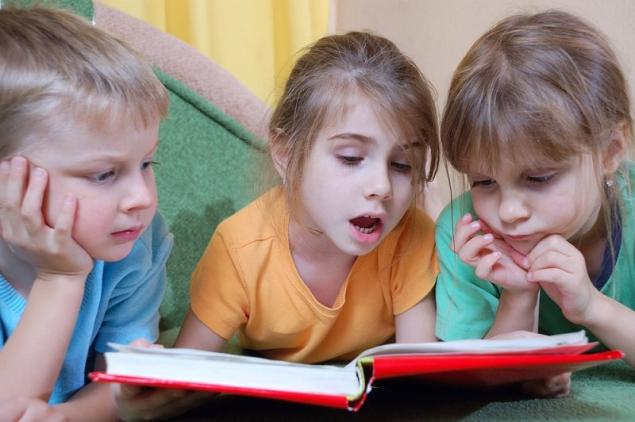
Also, teachers after lessons support lagging students, conducting extracurricular classes. This is also done on a free basis. The salary of the teacher is 5 thousand euros. For this reason, tutors in Finland are not in high demand. - Practical side
The only compulsory test in a Finnish school is the test after completing secondary school. However, the Finns do not care about its results. Control, independent and other dictations are not held at all.
Finns learn what they need here and now: no logarithms or in-depth physics. But children know well how to calculate the percentage of discounts in the store, use the Internet at the level of a confident user, know how to create a portfolio, a business card site and how to use a bank card. - Trust.
Trust applies to students and teachers. The teacher is not stressed by the various checks of the manual or the learning system. The teacher uses the method of teaching that he considers most suitable. All teachers sign a contract with the school for only one academic year with the possibility of its extension. Thus, they choose only the best methods for their patients.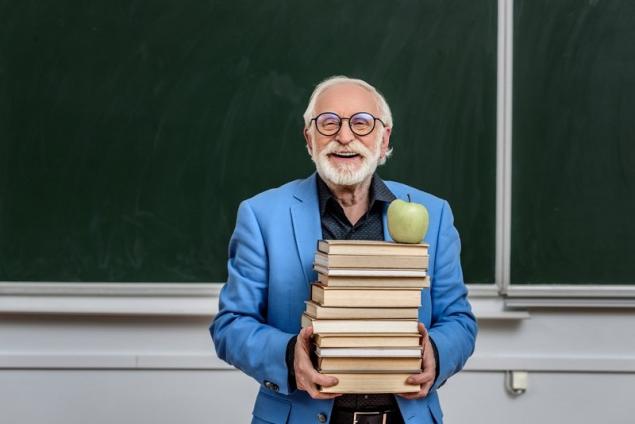
A trust policy is also applied to students. No one notes absenteeism, and if a child reads a book while watching an educational film, then it is necessary. Anyway, this is also a study, time passes for good. - Voluntaryism
Not everyone is a genius, all professions deserve good treatment. If the teacher sees that the child does not understand or does not want to understand a particular discipline, he reacts accordingly. It does not throw bad marks, but simply finds out what object is best given to it, and directs all the energy of the child there.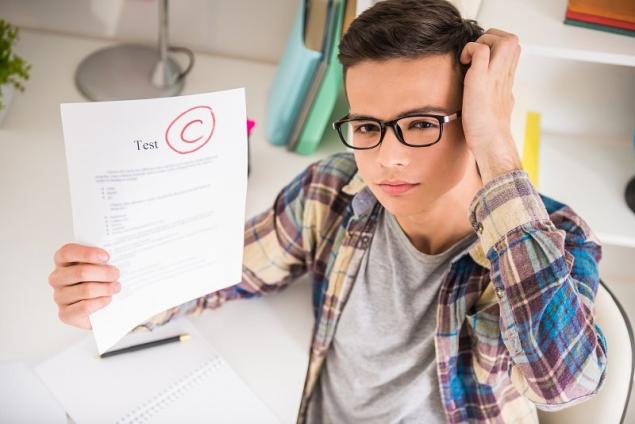
Thus, the behavior of the student in the classroom does not deteriorate, because he is really interested in learning. Since there are no better or worse jobs in the country, no one blames anyone. In extreme cases, it will be left for the second year, which is also not condemned by society. - The meaning of learning is autonomy
All the information that teachers give is already in textbooks. In fact, they do not bring anything new. The school tries to teach children to be independent and useful members of society, to socialize among peers and teachers, and to understand the basics of life of their time.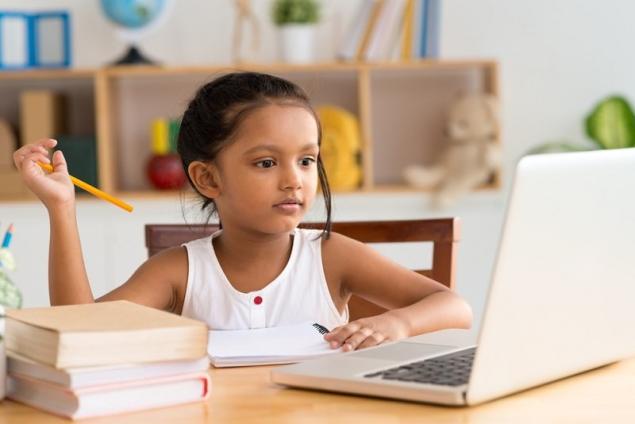
In addition, teachers want students to be able to use books, the Internet and other sources. This is how children are prepared for adulthood. Education takes place in the same schools with the same basic principles. teaching methods They can be different.
Finns consider this method of presentation of school material the most correct of all. Children and parents are not subjected to unnecessary stress, and no one puts pressure on teachers. The system is able to cope with problem children and encourage the able.

According to international studies conducted by the authoritative organization PISA, Finnish schoolchildren showed the highest level of knowledge in the world. They are also recognized as the most read children on the planet and occupy 2nd place in natural sciences and 5th place in mathematics. Which we congratulate them on!








